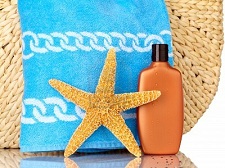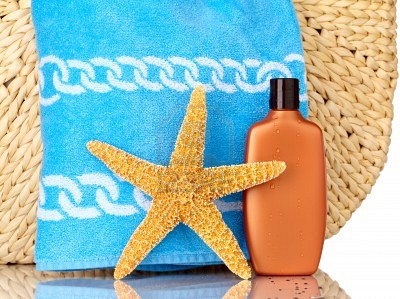We have all grown up hearing the importance of protecting our skin from harmful UV rays. With summer here, sunscreen usually makes everybody’s shopping list, but before you pick up a bottle at one of your local stores, make sure you know what you are buying. Like all products, there are better and poorer brands. Unfortunately, some of the leading sunscreen brands are not able to deliver the protection their SPF label may lead you to believe, and some even contain ingredients that we are learning can do more harm than good. The FDA has stated that it will enforce new sunscreen packaging rules this June to help clearly state what ingredients the product contains, but it might be helpful to know what the label means. Here are some key factors to take into consideration when choosing your sunscreen this summer.
Sincerely, Saba
- Avoid Oxybenzone: it is a hormone-disrupter and some research has shown that absorption through the skin can lead to harmful chemical exposure.
- Avoid a form of Vitamin A called retinyl palmitate: It is added to sunscreen as an anti-aging ingredient, but some research is showing that it can accelerate skin cancer rates when applied to skin that is exposed to the sun’s UV rays.
- Look for Zinc Oxide: It offers protection from both UVA and UVB rays, and is among the safest and most effective ingredients you can find in a sunscreen.
- Look for Titanium Dioxide: Second best choice after zinc. Although this ingredient isn’t good to inhale or ingest, it doesn’t pose a threat when applied topically.
- Be careful about nanoparticles: Zinc and titanium dioxide can sometimes leave a white residue, so current technology is used to grind them into smaller particles in order to avoid this problem. Usually the particles are still too large for your skin to absorb, but some brands advertise even smaller nanoparticles that may be harmful if absorbed by your skin.



